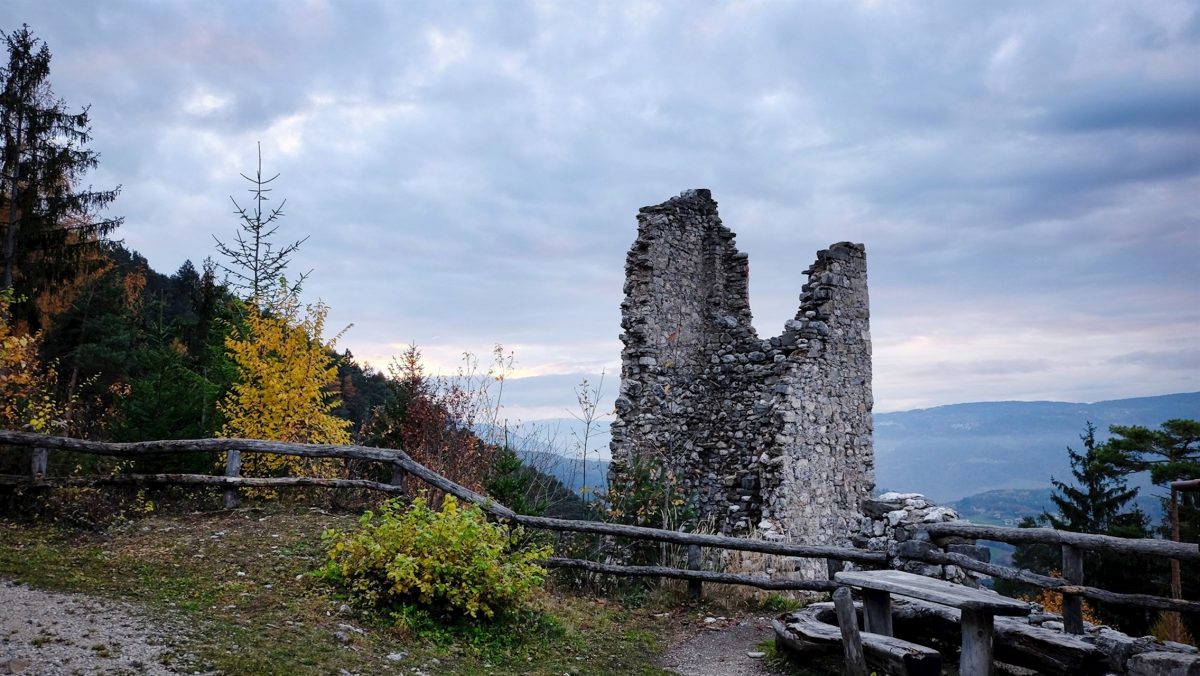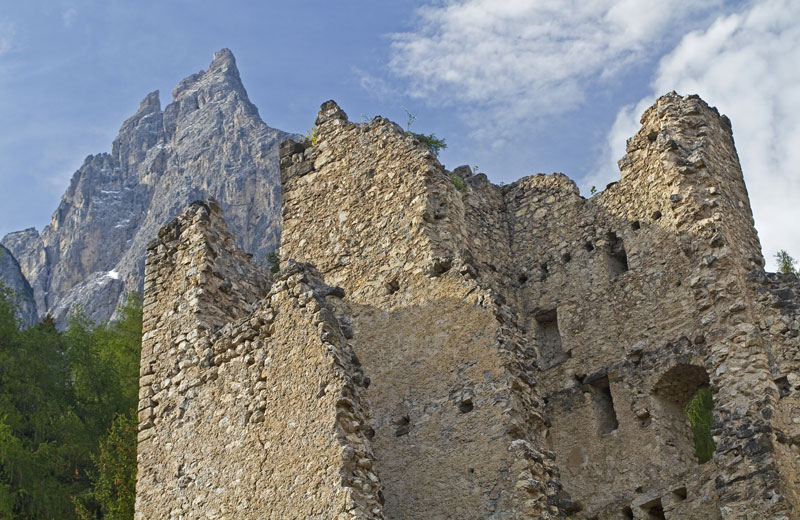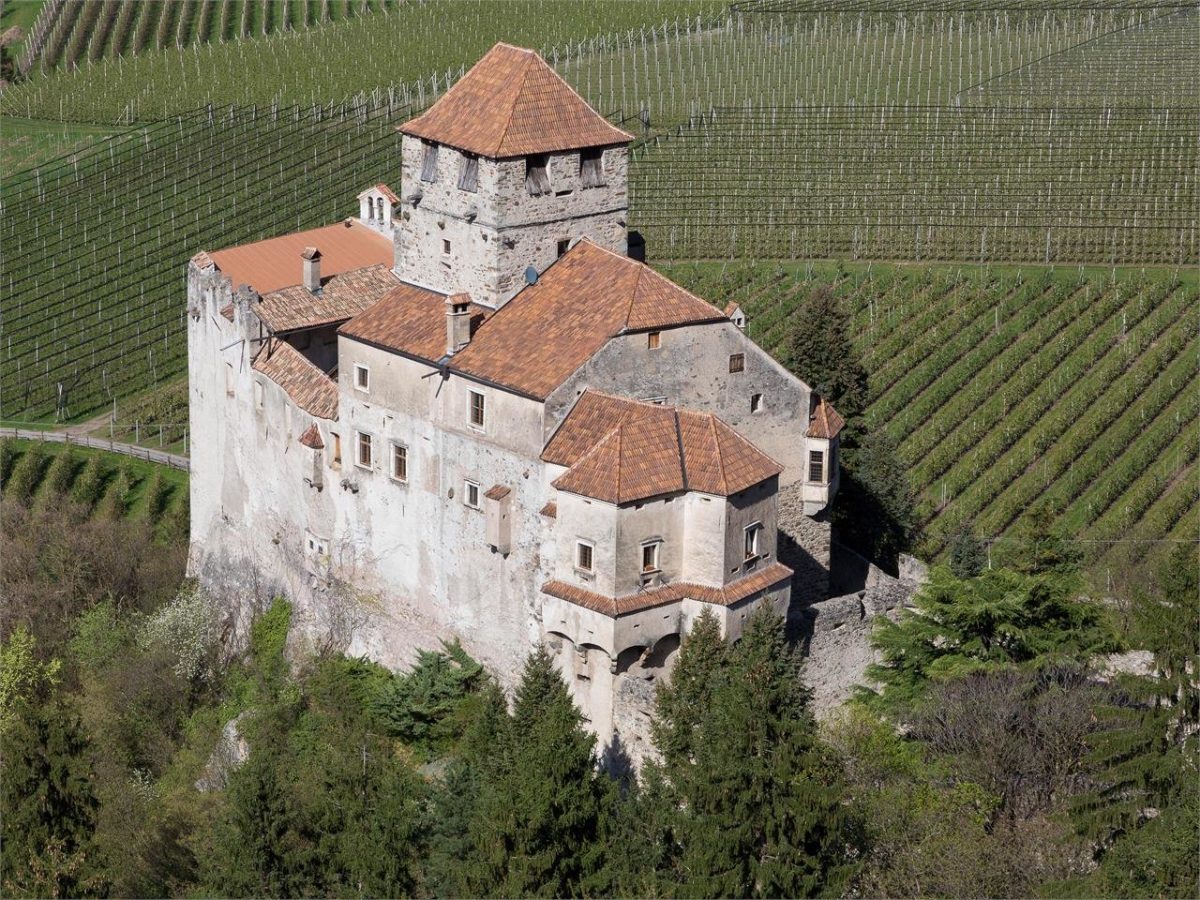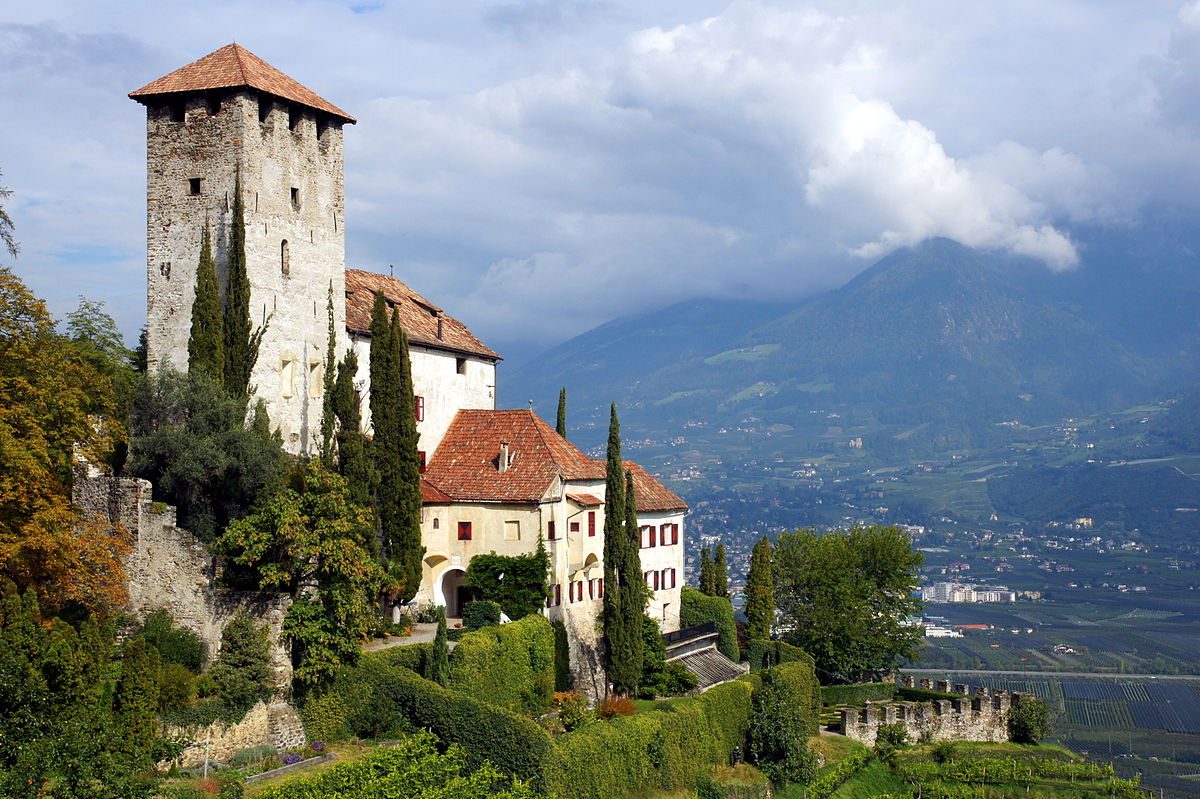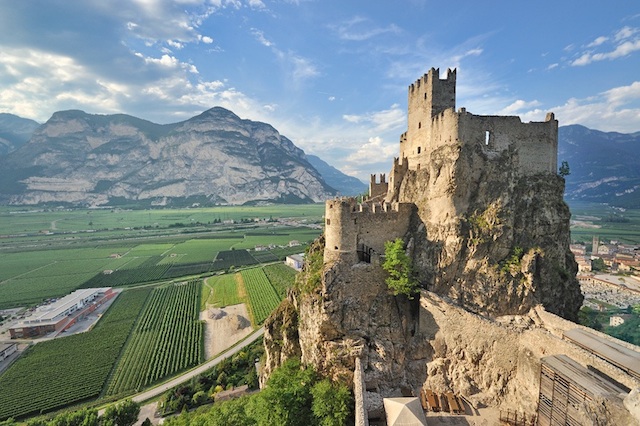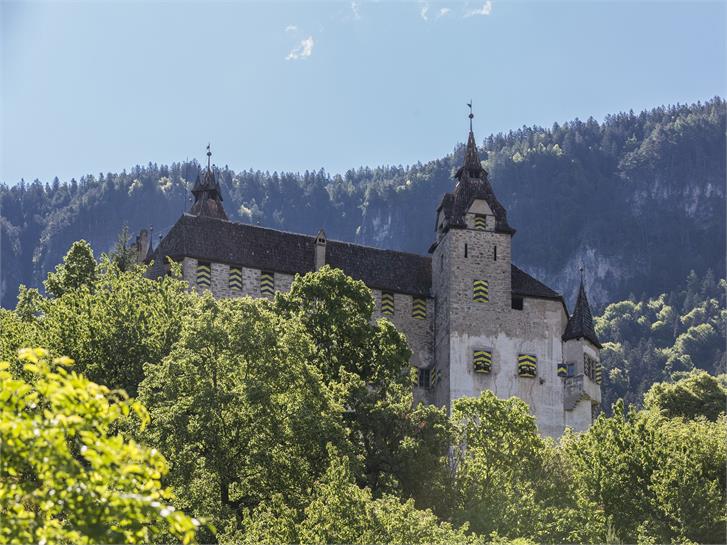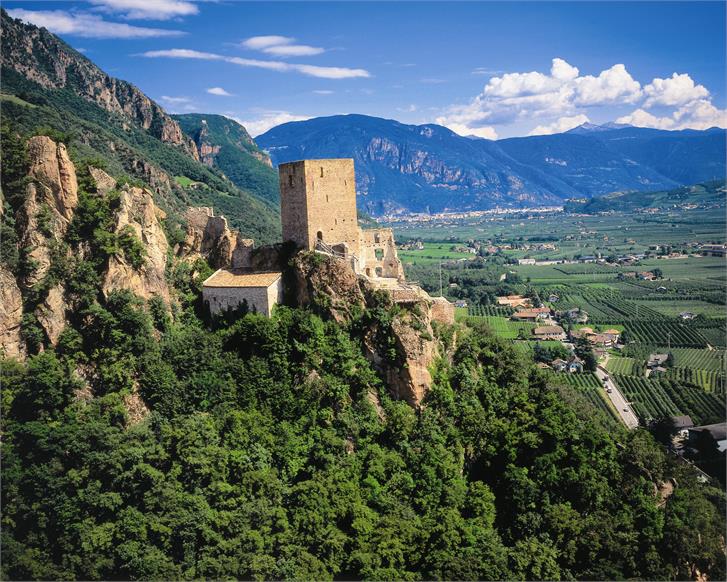How to rerach the Prince’s Castle
The Prince’s Castle Merano in the centre of the spa town was the city residence of the Counts of Tyrol.
Sigismund, Archduke of Austria, had this modest castle – “Landesfürstliche Burg” in German, “Castello Principesco” in Italian – built in central location of Merano (Meran) in the second half of the 15th century. He probably used this fortress behind the town hall, at the foot of Mt. Benedetto, as his private city residence. However, this ensemble of buildings rather resembles an artistically designed, solid building with low enclosure than a fully-developed castle. For this reason it is simply often referred to as residence. Up to the 16th century the Prince’s Castle remained a royal residence. In 1516, also Maximilian I, Holy Roman Emperor, resided in the castle.
As the building repeatedly changed hands, it started deteriorating in the course of the centuries. In 1875 finally, the city of Merano purchased the building. Between 1878 and 1880, a restoration period followed, based on the drawings of the internationally famous architect Friedrich von Schmidt, who also directed the renovations of the Dome of Vienna. When these renovations came to an end, the castle was opened also for the public. Today it hosts the Prince’s Castle Museum.
Its wood-panelled ancient parlours, tiled stoves, bedrooms and maiden rooms provide an interesting insight into the life in Mediaeval times. The furniture, however, dates back to the Gothic and Renaissance periods. Also some weapons such as lances and halberds have been preserved. Moreover there is a little chapel decorated with frescoes dating back to the 16th century. And how to reach the Prince’s Castle? It is located in the centre of the spa town, with access from Via Galilei road or from the Arcades of Merano. There are also some parking lots (subject to charge) in the surroundings.
Opening hours:
to 6th January:
from Tuesday to Saturday from 10.30 am to 5 pm
Sundays and bank holidays from 10.30 am to 1 pm
closed on Mondays
Entry fee:
| Adults |
5,00 € |
| Reduced |
4,00 € |
| Teenager under 18 years |
free entry |
df
Contact:
Prince’s Castle
Via G. Galilei
39012 Merano
+39 329 0186390
